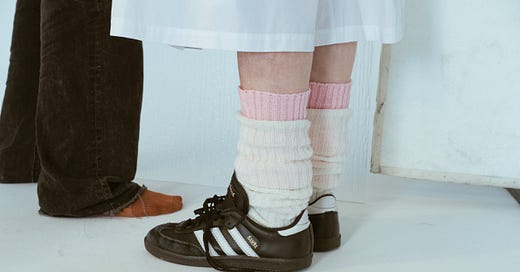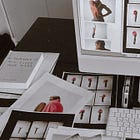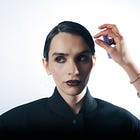The Art Direction Newsletter finally arrived to Instagram. Here I hope to inspire and update you on your feeds with editorial- and brand inspiration and the newest posts. Once I have grown on Instagram, I’ll be very excited to start a broadcast community to give more current art direction observations of brands and short form content. So please give it a follow! ❤️
Hi everyone,
Fall has officially started and I couldn’t be more excited for this season. As I am writing this, I’m laying under a blanket on the sofa with a viewing of the orange leaves by my window blowing outside in the evening light. I love candles, especially scented ones and some cozy background music. I’m spending my days working on a super excited project that I’m flying to Los Angeles for next week and my evenings preparing my scheduled newsletters for when I’m travelling to Los Angeles and Seoul the coming weeks.
We’re now in the 4th part of the series on breaking into the industry as an art director. So far, we’ve talked about understanding the role, essential soft and hard skills, and how to build a solid network. Today, we’re diving into personal projects, also known as passion projects, which are essential for developing your creative voice and building a portfolio. Not just for those starting out, but any art director at any level!
When I started out, I went to fashion school with a marketing focus and began my journey quite young. Like many students, I thought college was the place where I would build my portfolio and get ready for the real world. Especially a school that was known and hard to get into, I felt like my career was set by the time I got my acceptance letter. But in reality, it wasn’t always that straightforward. I was navigating so much new information and trying to find a way of working within the limits of school, I had so many ideas for projects but felt like I had to conform my style to fit the teacher’s feedback rather than creating what felt true to myself. I was failing in pretty much the first year and had to pitch myself to make it to the second. I was frustrated, as a lot of teachers actually never worked in the industry and a lot of students got steered to the same way of working and certain styles were more appreciated than others. By the time I graduated, I ended up with a portfolio of projects that didn’t feel like me.
Eventually, I decided to take the knowledge I had and build my own projects. I started connecting with people both in and outside of school to set up my own projects—collaborating with peers who had different skills and backgrounds, building ideas together, and making something bigger. I also loved photography, so I reached out to fashion designers to photograph their graduation collections. I looked for online briefs, like D&AD New Blood, and used those as a basis for personal projects. Even during my internships, I proposed my own creative ideas whenever possible and send out loads of introduction emails.
Why Personal Projects Are Important
Even when you work in the industry, you’ll often need to work with the the client’s needs and briefing. Especially when starting out in a junior role, you’re working under a creative director or senior art directors, and you don’t always have the freedom to create what you want or get to be part of the main decision making. That’s why, no matter what stage you’re at in your career, it’s important to keep creating personal projects. These projects help you express your vision, demonstrate your independence, and show what you stand for and what inspires you.
Full Creative Control
Personal projects give you the freedom to explore your own style, without having to adapt to anyone else's input. You’re in charge of every decision whether it’s the concept, styling, photography, or execution. It’s your baby, and you get to decide exactly how it grows and who you work with.Steer Your Career in the Direction You Want
Personal projects can also help give your career the direction you want it to go to. If you’re just going freelance in a down market, you might find yourself taking on jobs that help pay the bills but aren’t what you want to be known for like working with fast food brands or household products as an example. If your passion is in for example beauty, then creating a beauty-focused passion project can show your skills and knowledge in that area and help you land the next job you actually want.Showcase Your Drive
Personal projects also show potential agencies, studios or people you want to work with that you have initiative and passion. They demonstrate that you’re not just someone who follows a brief but someone who actively creates. It’s something you can discuss in an interview to explain how you took an idea from concept to execution.Prove Your Capabilities
If you can create something beautiful and relevant with limited resources, imagine what you could do with a full client budget. Passion projects allow you to show what you’re capable of, even when starting with nothing.
Starting with an Insight
The strongest personal projects often start with an insight, which is basically a human truth or a problem. Here are a few examples:
Address a Problem
Is there an issue you’re passionate about? Like, if you’ve noticed that in your city, certain hair textures aren’t celebrated, you could create an awareness campaign that celebrates all hair types with a series of photographs or illustrations. Work with people who might feel the same way or create the work yourself. For example, if you find the overall art direction (colours, guidelines, texts etc) then you can work with a bunch of illustrators or graphic designers to bring to life.Create Awareness About Social Issues
Do you think AI’s environmental impact is not talked about enough? Why not brainstorm a creative way to visualise this insight, highlighting the issues in a way that draws attention? You could create a mixed-media campaign using photography, video, and graphic design to demonstrate how AI affects our planet. Utilise your skills or free resources out there, like Midjourney mixed with stock images and your photoshop skills to manipulate them and make your own.Connect to Yourself
Are you frustrated by the way your culture is represented? Perhaps in a cliche way or always in the same way. Do a visual research project that connects to your own heritage rather its the folklore of your birth country, the heritage of your grandfather or the specific village you live in. Turn these research insights into a project, a photo series or graphic design posters.Highlight a Niche Subculture
Maybe you’re fascinated or part of a niche subculture that hasn’t received much attention or feels misrepresented. You could create a visual series that explores this subculture’s fashion, music, and lifestyle, drawing a connection between their influence and broader cultural trends. This could be anything from underground dance scenes to local skate communities, the key is to highlight what makes this subculture unique and the execution is what matters.
The key is to start from an insight or problem. Your creative idea should serve as the solution. These examples are of course quite cliche, but set the tone of what could be a starting point that can basically give endless ways of executing. Maybe one insight is so strong that you can do multiple passion projects under this.
Examples
You can make a personal project as big or small as you want. I put together a few references that might get your creative juices flowing.
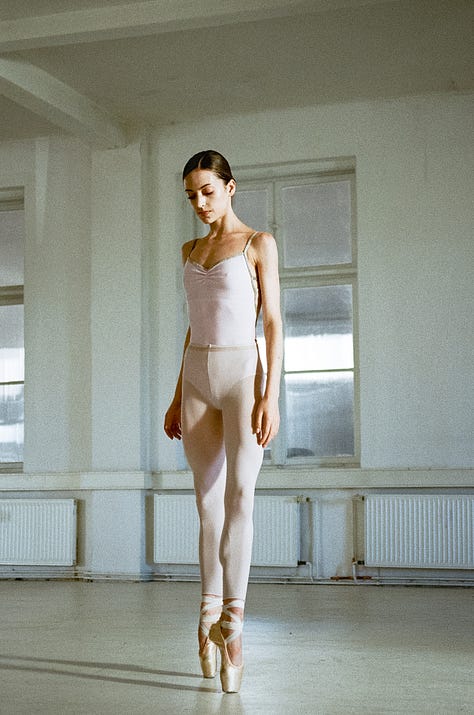
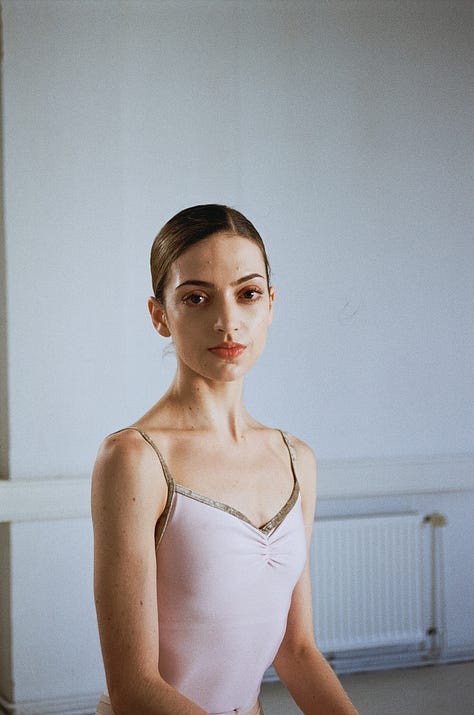
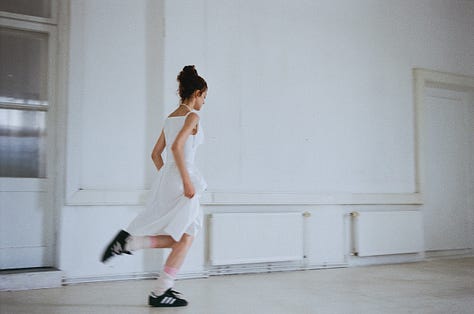
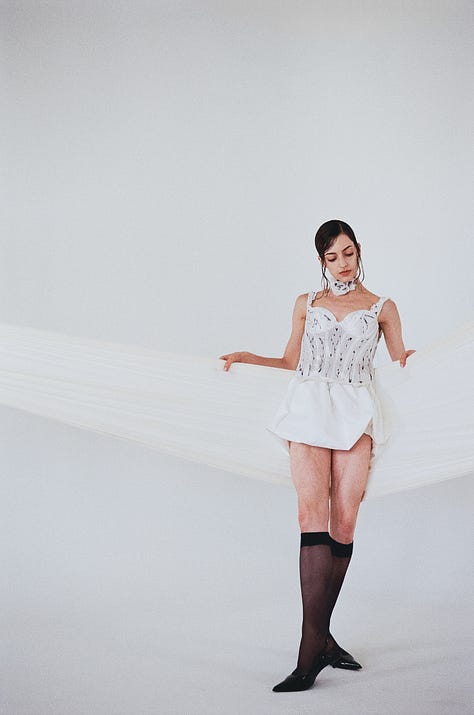
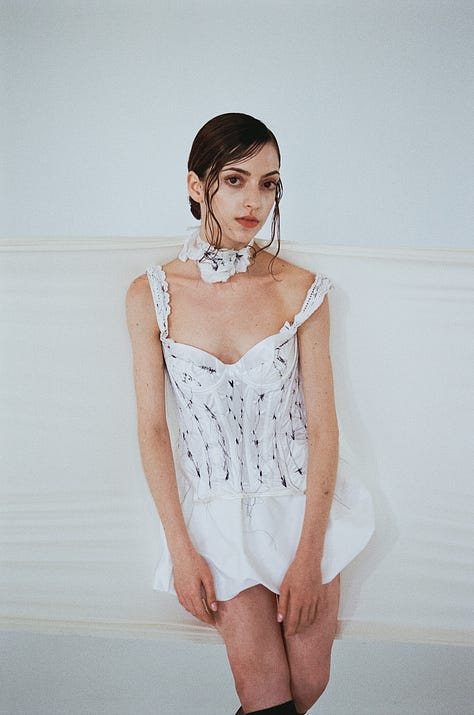
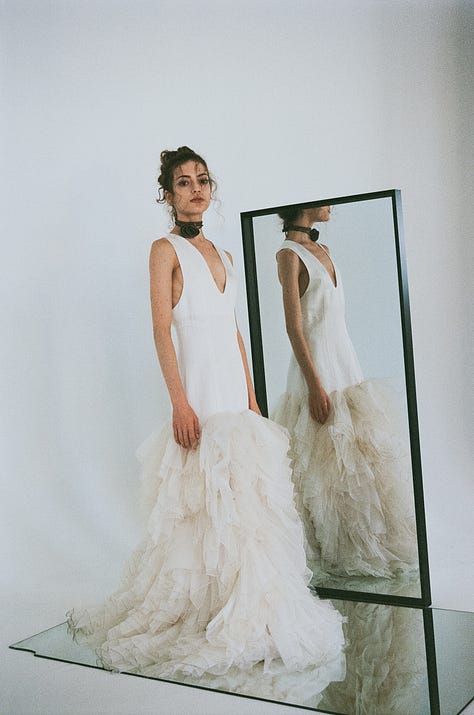
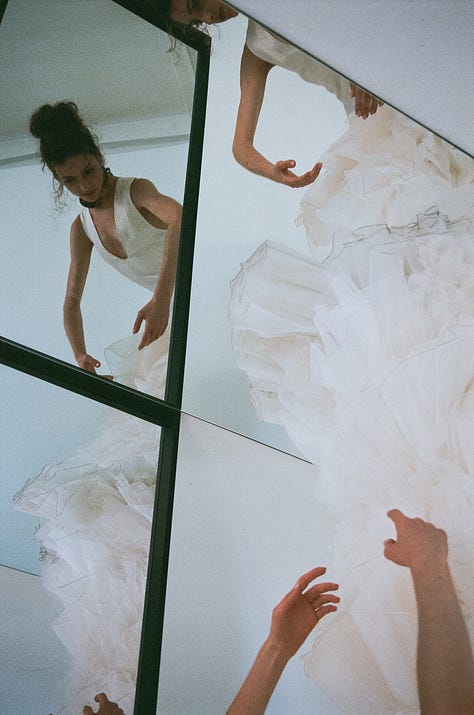

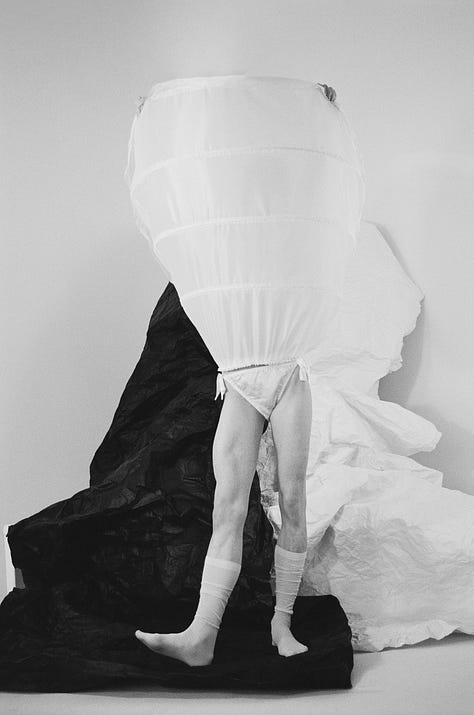
I will start with (shameless self promotion lol) a recent passion project I did titled ‘the Weight of Dreams’ - A delicate exploration of the hidden struggles and sacrifices behind the world of ballet, where ethereal beauty meets raw reality. Featuring Daniela Thorne from Staatsballett Berlin, this project reveals the poignant contrast within a dancer's journey.
I shot something similar last year, but when I met Daniela in Berlin I knew I had to make a part two of this. I started meeting some stylists and set designers when I moved here and immediately knew who to ask to join this project. We shot this entirely on film and super8 and also got a team in of people who were keen to create a passion project to create another part of this project that will be coming soon. The editorial has been published by Odalisque Magazine this week.
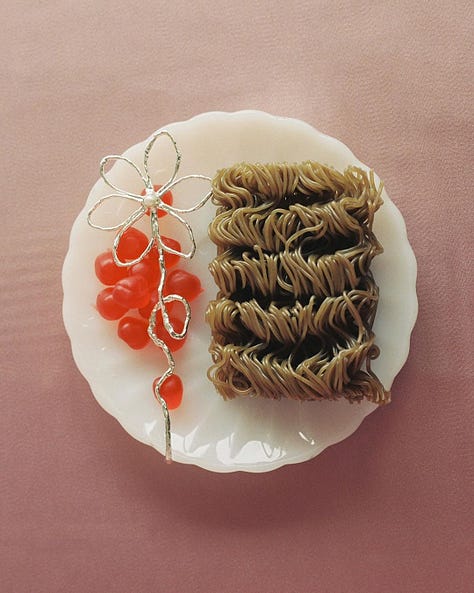
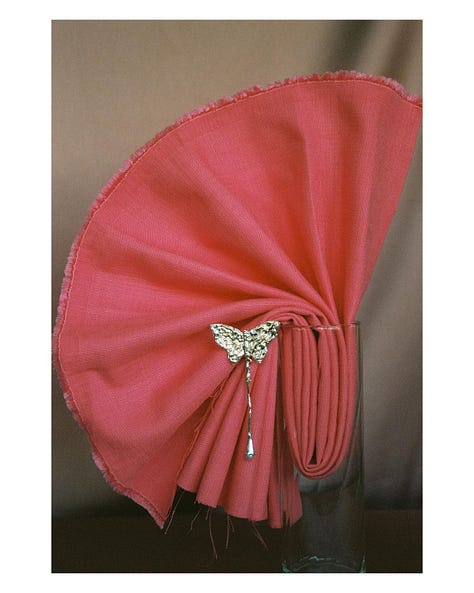
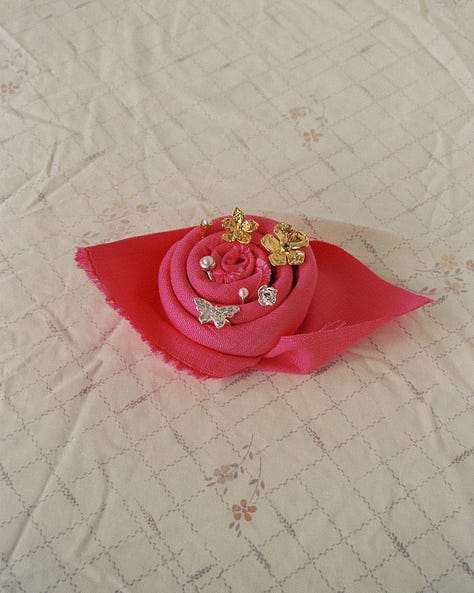
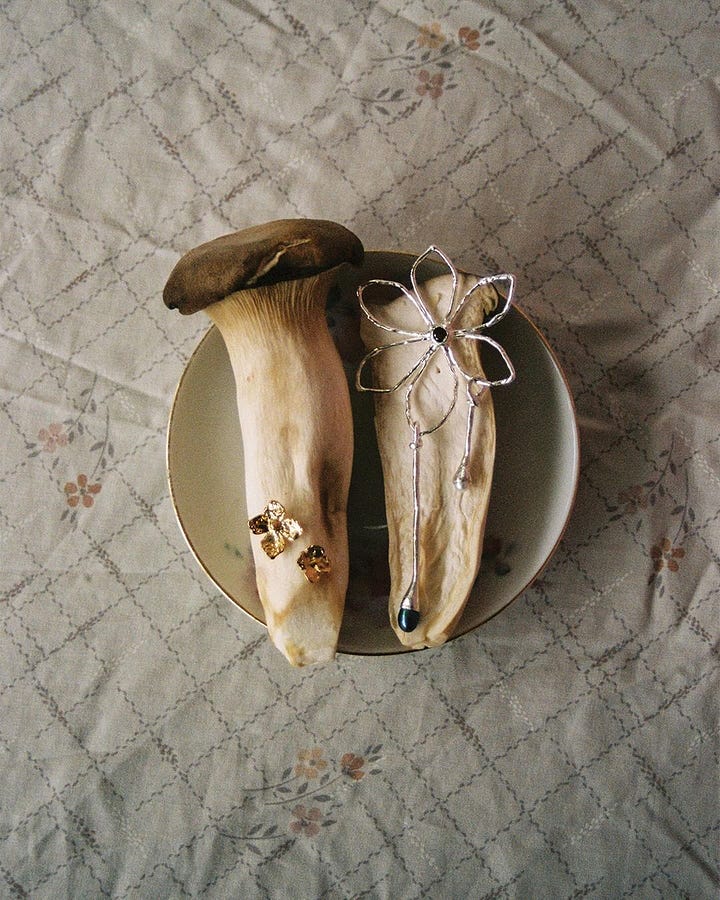

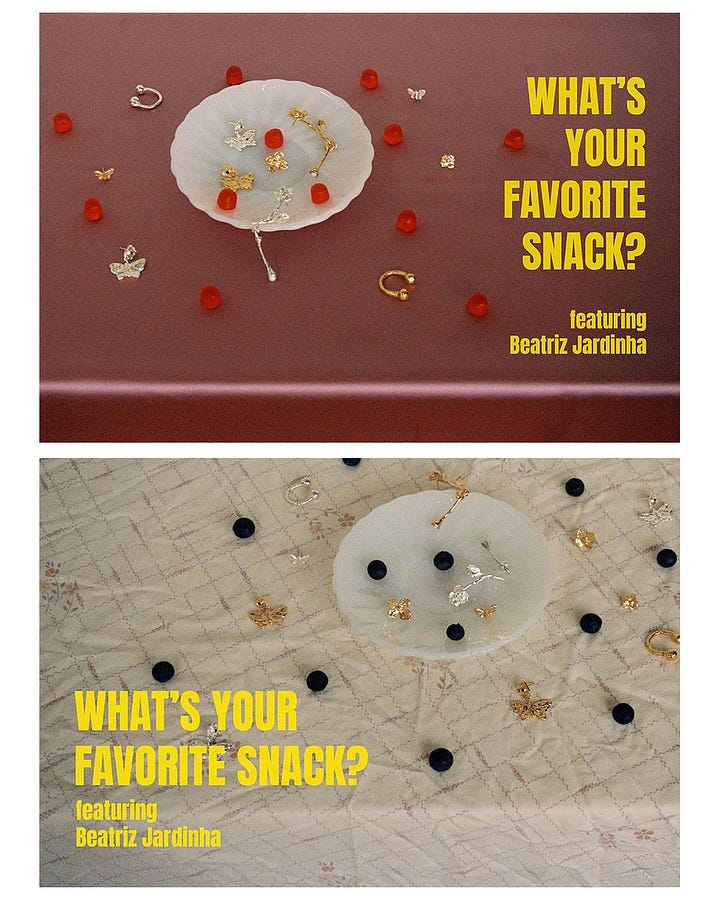
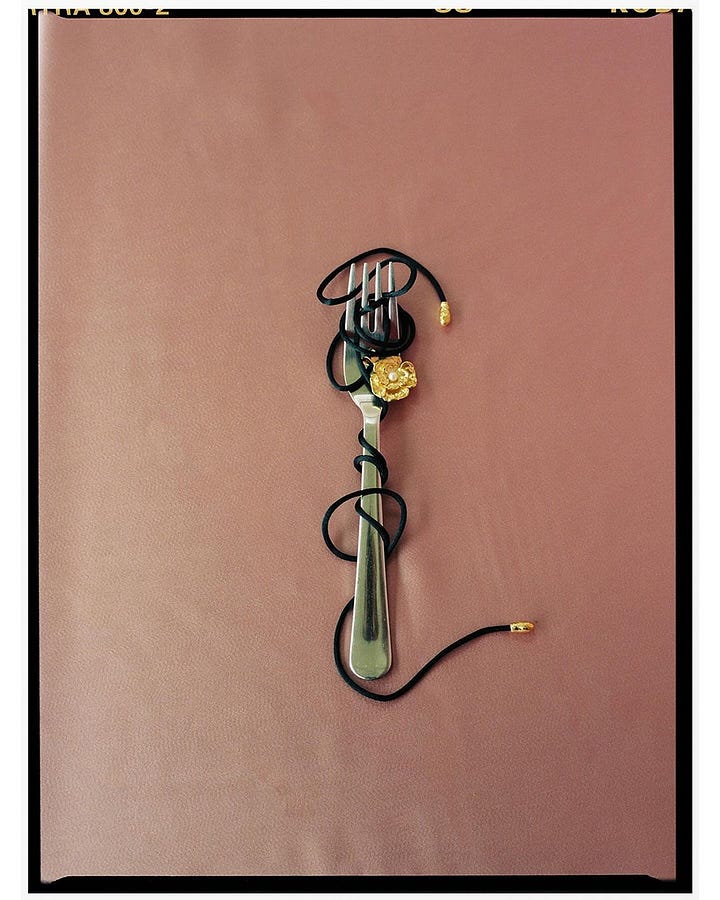
I had this project saved on Instagram until it was the right time to share. Portuguese photographer Milena Baeza partnered with jewellery maker Beatriz Jardinha to create the series ‘What your favourite snack?’
On a typical grocery trip to the asian market for tofu and noodles, I decided to take my time in the snack and candy aisle browsing around with no goal in mind. It’s mesmerizing all the cute and colourful packaging. Every shape, color and flavor you could think of is adorably packaged in the form of a snack. Everything looks so yummy and fun. What’s my favorite snack? Popped in my mind. What are people’s favorite snacks? What do people eat for a snack? As I kept browsing, I found myself yearning to create still life work with what was surrounding me. So I quickly filled my basket with all sort of shapes that caught my eye. Veggies count as snack, right? I envisioned mixing non-edible objects with food and make up this fantasy where they are in fact edible.







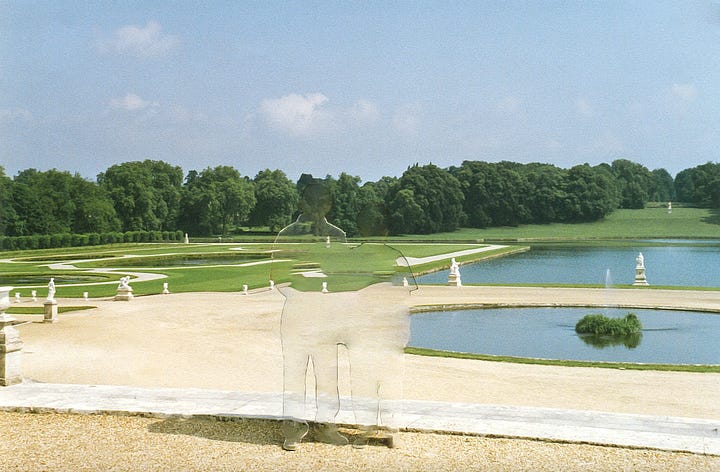
Artist Nhu Xuan Hua's project "Tropism, Consequences of a Displaced Memory" is a deeply personal exploration of her heritage, using digitally altered family photographs to navigate her disconnection from her Vietnamese roots. Inspired by the concept of tropism—automatic reactions to external stimuli—Hua reimagines and reconstructs her family's memories, filling in the gaps left by undocumented histories and lost stories. Through her visual practice, Hua aims to understand and preserve her family's past, commenting on how memories, emotions, and traumas can be inherited, lost, and reshaped across generations.
How to Get Started On Your Own Passion Projects
Start Small: You don’t need a big budget or a huge team to get started. Start small—an idea, a camera, maybe simply a serious of collages. You could ask people to collaborate, but it is not always needed. It really depends on the project.
Reach Out to Others: Don’t be afraid to connect with others who may be in a similar place. Photographers, designers, stylists, most people are looking for opportunities to build their portfolios too and don’t always have an idea or know how to get started. Find people around the same level as you, if you are starting out, reach out to students. If you already have a bit of experience, find people on your level on Instagram or look at credit lists of projects to find new people.
Use Online Resources: Platforms like D&AD New Blood provide briefs that you can use as a base for your projects. Even if they’re not for a client, these projects still demonstrate your creativity and approach to a brief and how you can make a project relevant for real life clients. Use Midjourney to create a visual base if photography is not your thing and you want to get started on graphic design, be creative to keep the project low budget or if you really want to shoot for the moon try to fundraise for your project or get sponsors.
Share Your Work: Once you’ve created your project, don’t let it sit on your hard drive. Share it online on social media, through your own website, or even through platforms like Substack. Pitch is for magazines, websites like wepresent, itsnicethat, nowness, online magazines etc.
In the end, personal projects are about more than just adding to your portfolio. They’re a way for you to explore your own ideas, create something meaningful, and show the world your style and identity as a creative art director. No matter what stage you’re at in your career, you should always be in touch with your own vision. I’m very excited to hear about your creative projects, if you have any cool ideas and have no idea where to start. Feel free to reach out and maybe I can give you some guidance.
Love,
Zoe


